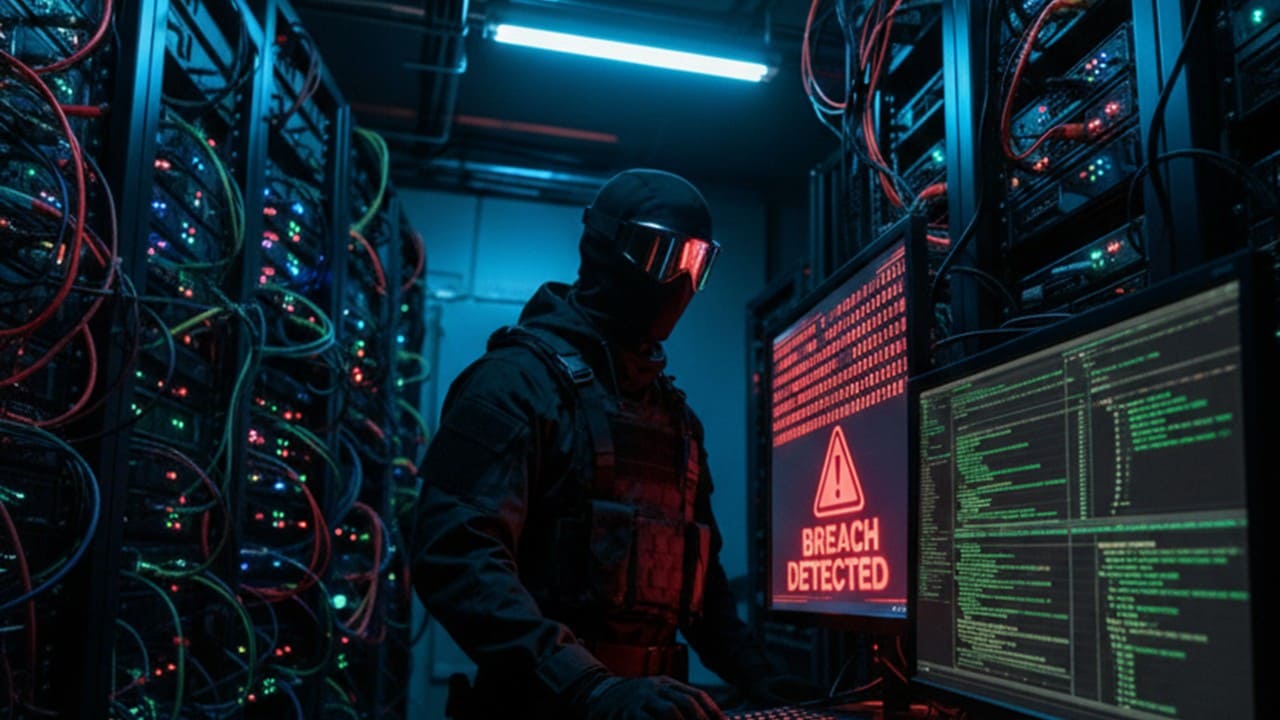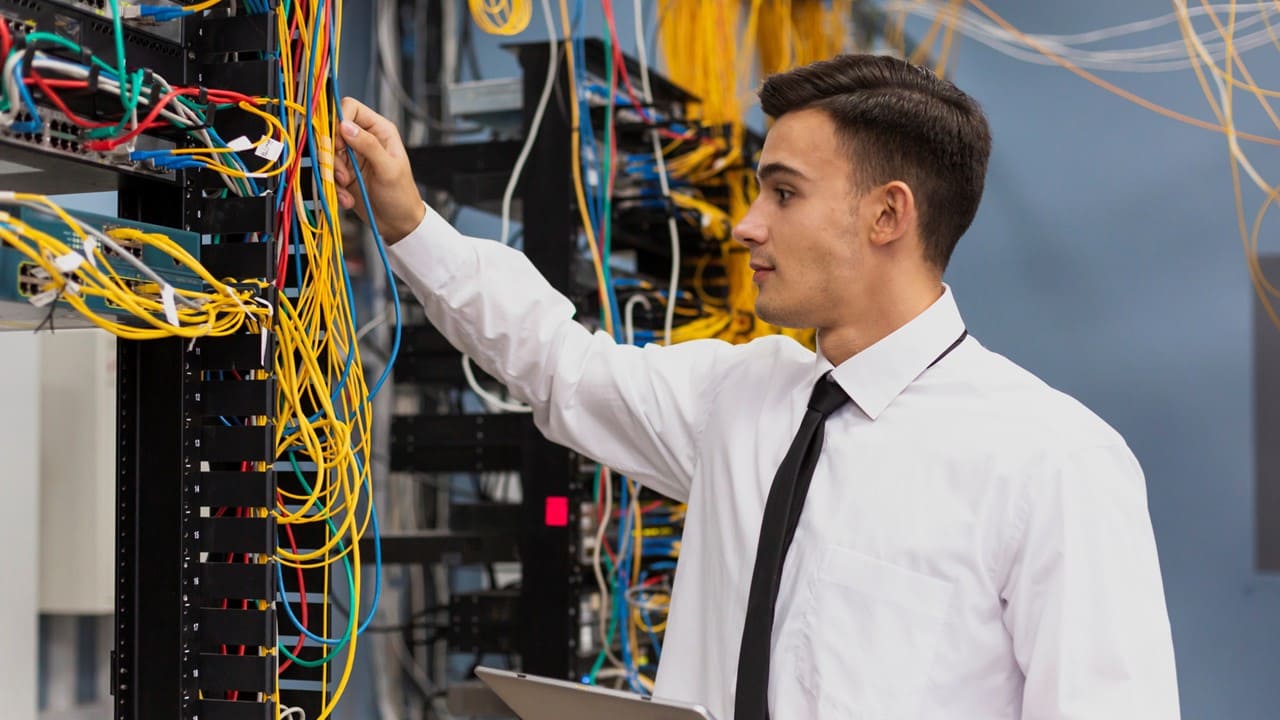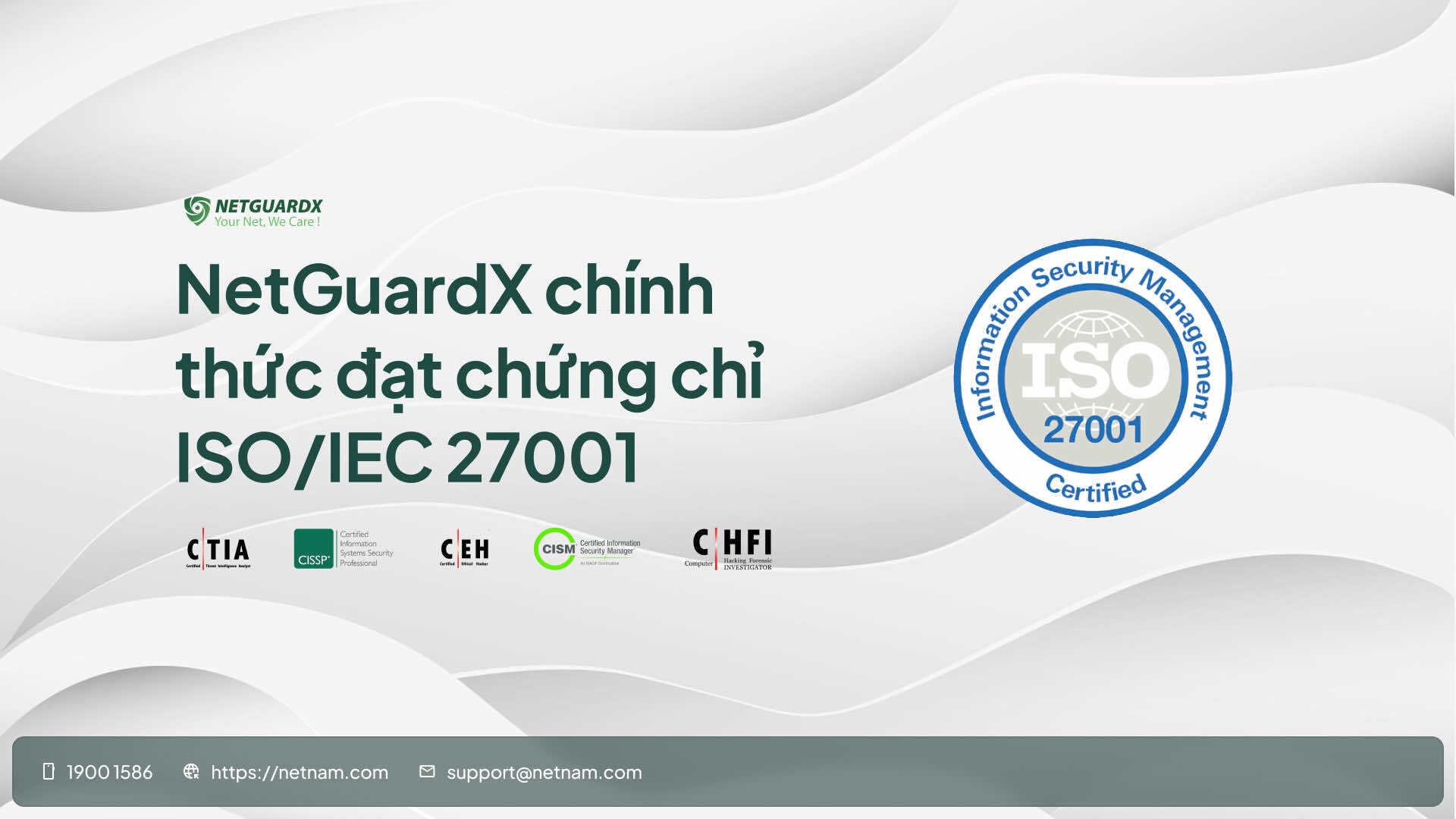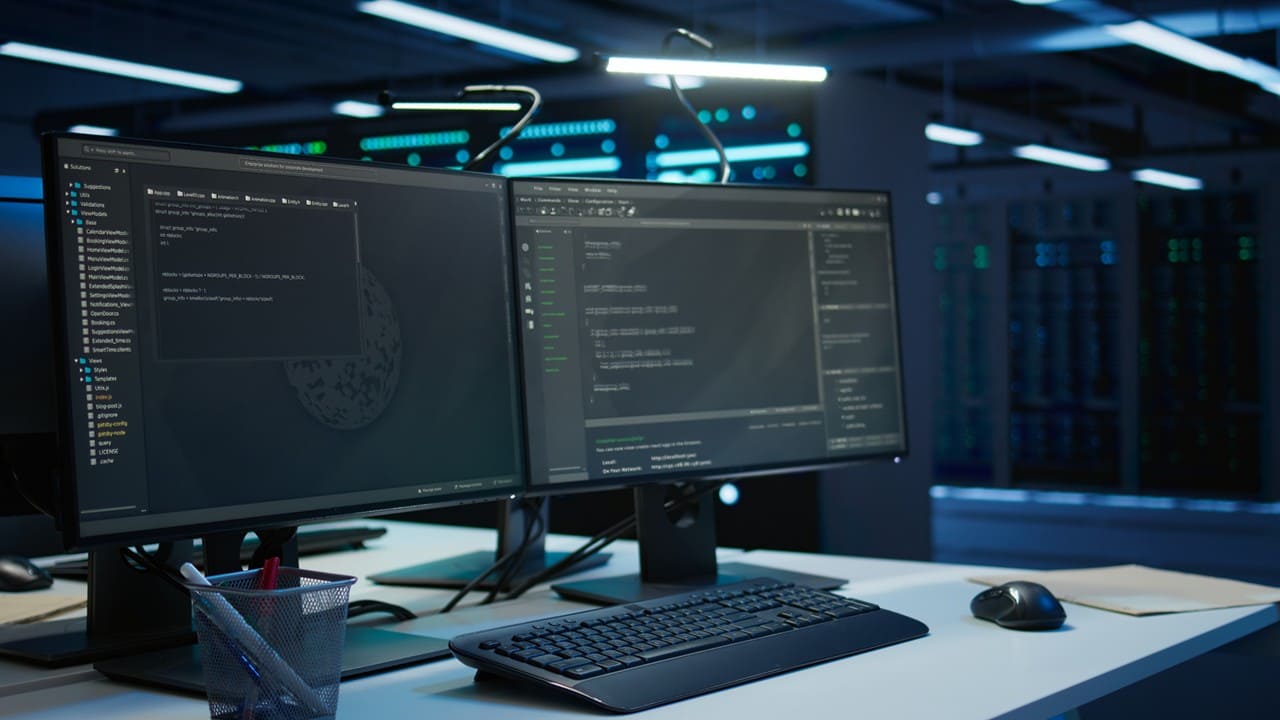5 Critical Threats to Retail Chains in 2025
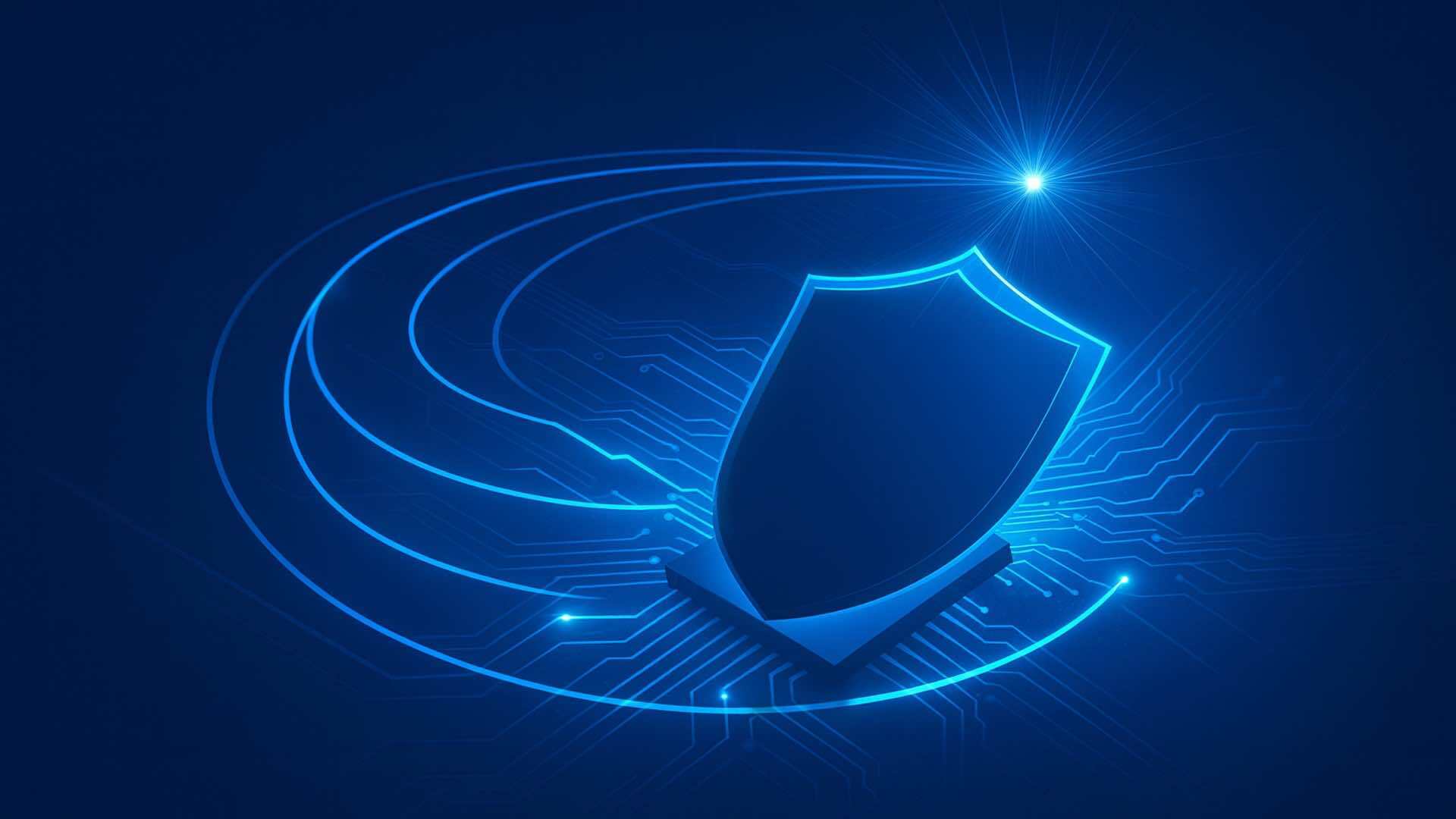
As we step into 2025, the retail sector faces fiercer competition than ever. As products become increasingly difficult to differentiate, the decisive factor now lies in the ability to deliver seamless, uninterrupted shopping experiences. In this context, the concept of “Always On,” also known as the experience of being “constantly connected and always ready,” has emerged as the new standard shaping the entire landscape of modern retail chains.
Retail Chains 2025: “Always-On” Becomes the Standard
When retail chains expand to dozens or even hundreds of outlets, they encounter unprecedented operational complexity. A minor disruption such as a POS system outage, unstable connectivity, or unsynchronized data, can paralyze operations, directly impacting revenue and customer experience. In this environment, “Always-On” is not just a trend but the minimum standard to ensure business continuity across all outlets.
Technologies such as mobile-first platforms, AI, IoT, and real-time analytics create opportunities for personalization and operational optimization. Yet any disruption can push customers to abandon the chain. Today’s customers treat seamless experiences at every store as a basic right. For this reason, uninterrupted operations are no longer a competitive advantage but the standard for every retail chain.
Understanding Key Risks for Retail Chains in 2025
To sustain “Always-On” operations where every transaction and customer experience runs smoothly 24/7, retail businesses must confront five major threats that directly affect revenue, reputation, and competitiveness:
System downtime poses a direct threat; just a few minutes of disruption can halt sales, cut revenue, and damage brand reputation. If outages last longer and in-store devices fail without timely repair, operations become even more disrupted. At the enterprise level, the top priority is to maintain stable workforce and procurement management systems to control inventory and prevent losses.
In addition, cybersecurity and payment data remain highly vulnerable. Customer data breaches or attacks on POS and APIs can cause severe financial losses and erode consumer trust.
As retailers expand, ICT infrastructure costs rise significantly and deserve close attention. Synchronizing systems across the entire chain becomes more complex, exposing multiple management vulnerabilities. To address this, the 6 key factors for retail expansion in 2025 serve as a guideline to help managers balance rapid growth with sustainable ICT foundations.
Furthermore, integrating new technologies such as AI and IoT becomes a double-edged sword if the infrastructure is not ready. In that case, instead of enhancing customer experience, the system exposes security gaps and increases the risk of disruption.
Finally, retail chains face mounting pressure from rising operational and compliance costs. They must not only pay for maintenance and monitoring but also comply with international standards such as PCI DSS and GDPR, along with legal requirements in each market.

System downtime and cybersecurity risks can cost retail chains revenue and reputation within minutes of disruption.
In 2025, retail chains face new pressures: downtime, security risks, operating costs, and compliance. Any gap can disrupt the “Always-On” experience. Instead of focusing only on market expansion or adopting new technologies, retailers must build resilient ICT infrastructure that withstands risks, ensures continuous operations, and sustains customer trust.
Business Continuity with ICT System Architecture
Retail chains cannot wait until disruptions occur. They must build infrastructure strong enough to prevent risks from the outset, withstand disruptions, adapt to change, and maintain continuous operations. The solution lies in a modern, flexible ICT architecture that serves as the foundation for an “Always On” state.
- Multi-layered architecture with redundancy and self-healing mechanisms.
- Centralized management and 24/7 monitoring to maintain consistency and respond quickly.
- Flexible integration that supports AI and IoT adoption without disrupting operations.
- Real-time data processing that ensures “Always-On” experiences and instant personalization.
A well-designed ICT architecture not only reduces risks but also establishes a sustainable operational foundation to meet customers’ “Always-On” expectations.

Modern ICT architecture with centralized management and auto-recovery helps retail chains sustain “Always-On” operations even during incidents.
“System Stability” vs “Operational Continuity”
For years, ICT management focused mainly on stability: keeping systems normal, reducing errors, and limiting downtime. Stability remains necessary, but in the retail context of 2025, stability alone is not enough.
Businesses must aim for continuity. Continuity means services keep running smoothly even during disruptions. When systems fail, customers can still transact, data continues processing, and retail chains maintain seamless operations.
In short, stability builds the foundation, but continuity delivers the outcome. In the digital retail era, the difference lies not in whether systems operate stably but in whether they sustain uninterrupted customer experiences under all conditions. Only by shifting from “stable” to “always ready” can businesses retain customers and secure sustainable competitive advantage.

ICT management in 2025 must ensure systems not only remain stable but also sustain seamless operations even during incidents.
Optimizing Retail Operations to Achieve 99.99% Uptime with NetNam
In today’s highly competitive market, retail chains cannot achieve near-perfect uptime with fragmented solutions. They need a unified, sustainable foundation. NetNam delivers a comprehensive ICT ecosystem with core values:
- Internet Leased Line with 5G backup ensures uninterrupted connectivity at every outlet.
- Multi-layered security with firewalls, encryption, access control, and SOC/SIEM protects critical data and transactions.
- 24/7 monitoring and centralized management detect risks early and respond promptly.
- Operational optimization keeps uptime at 99.99%, strengthening customer trust and maximizing revenue.
NetNam partners strategically with retailers to design, deploy, and manage ICT infrastructure built for “Always-On” operations in the new era. Contact us today for complete ICT solutions tailored to your business.
Contact NetNam:
- Hotline: 1900 1586
- Email: support@netnam.vn
- Website: www.netnam.com
Submit your request


